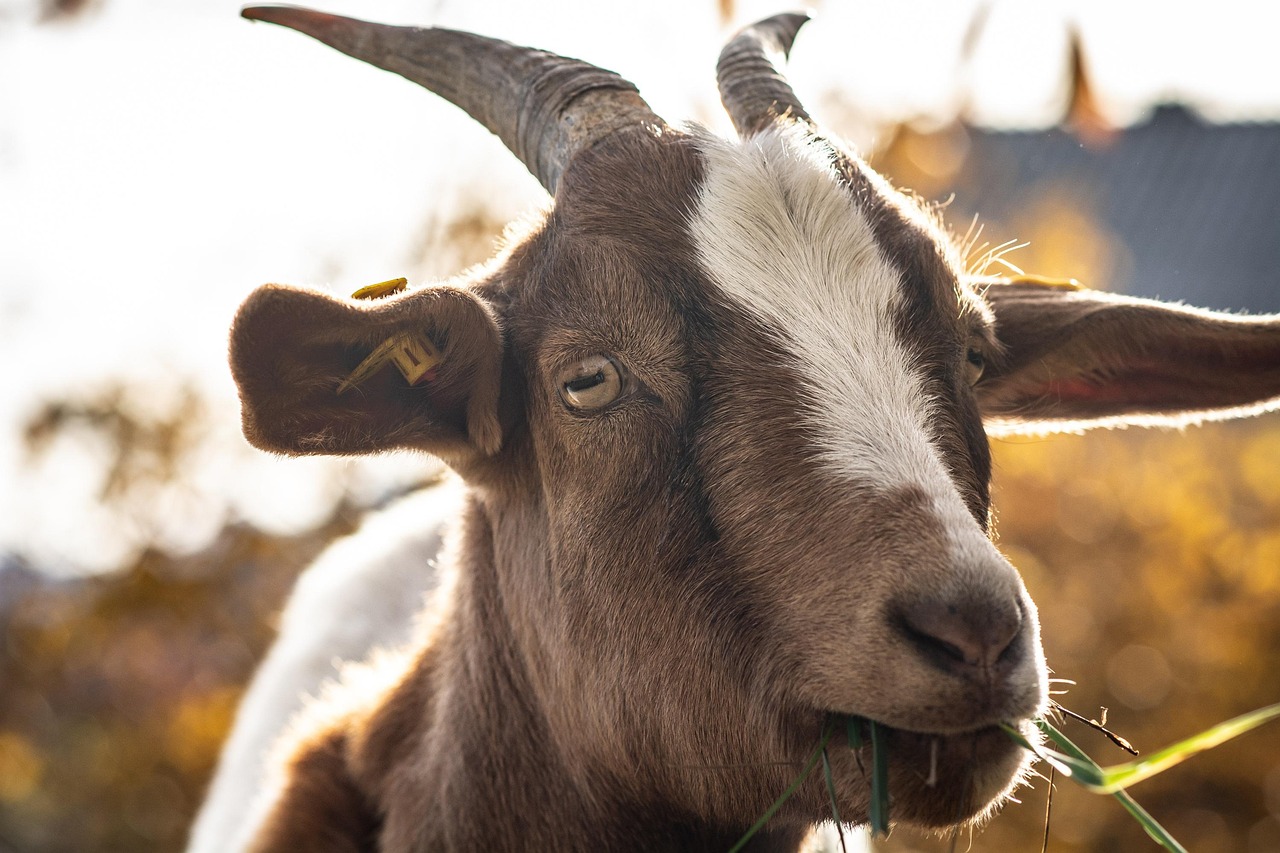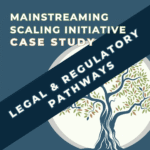Livestock is central to Ethiopia’s rural economy, providing food, income, and draft power for millions of smallholder farmers. Yet, the sector continues to face one persistent challenge, such as feed shortage. Poor feed quality and limited availability reduce animal productivity, constrain income, and keep many farmers from realizing the full potential of their herds.
In Western Amhara, the Andassa Livestock Research Center (ALRC) has been working to address this problem by promoting two improved forage species, such as Desho (Pennisetum pedicellatum) and Napier (Pennisetum purpureum). These perennial grasses are known for their high biomass yield, adaptability, and role in soil and water conservation. They have been successfully introduced in several parts of Ethiopia, but adoption has remained limited and uneven. To change that, ALRC initiated a participatory scaling effort aimed at bringing these forages to more farmers in the Burie district.
From Research to Scaling
The initiative started in 2020 with a clear goal: to bridge the gap between research results and widespread farmer use. Rather than taking a top-down extension approach, the team applied the Farmer Research and Extension Group (FREG) model. This approach places farmers at the center of experimentation, learning, and technology diffusion. It encourages collaboration between farmers, researchers, and extension workers.
Two villages, i.e., Fulfult and Fuati, were selected for the initial phase. In each, a FREG was established, bringing together about 25 farmers of different ages, genders, and economic backgrounds. The farmers were trained on improved forage management and utilization, including land preparation, planting, and harvesting techniques. Then, they established demonstration plots of both Desho and Napier grasses on their own land.
The project also organized workshops and field days to bring together farmers, researchers, local officials, and development partners. These events created opportunities to share experiences, review progress, and plan collective actions for further scaling.
Results: High Yield and High Demand
The results over four years have been encouraging. On average, Desho grass produced 7.9 tons of dry matter per hectare, outperforming Napier’s 4.36 tons. Farmers appreciated Desho for its better tillering ability, high leaf-to-stem ratio, and adaptability to different soil and moisture conditions. Even under cooler and drier conditions, Desho maintained good growth, making it more resilient than Napier.
Adoption increased steadily each year. The number of Desho growers rose from 46 farmers in 2020 to 119 in 2023, while Napier adopters increased from 37 to 91 over the same period. The total land under Desho expanded from 1.08 to 1.97 hectares, and Napier from 0.54 to 1.05 hectares. These numbers may seem small, but they reflect strong farmer interest and a sustainable growth trend.
An equally important achievement was peer-to-peer diffusion. More than half of the initial adopters shared planting materials with other farmers, reaching neighbors, relatives, and friends. On average, one farmer shared Desho or Napier root splits with nine others, multiplying the impact far beyond the original project group.
Beyond Feed: Multiple Benefits for Farmers
For farmers, the benefits went well beyond increased fodder. Desho and Napier grasses improved soil fertility, reduced erosion, and rehabilitated degraded land. Farmers planted them along terraces and gullies as biological barriers to control runoff. The dense root systems helped hold the soil in place, while the cut grass provided feed during the dry season.
The improved feed availability also encouraged some farmers to invest in better livestock breeds, especially crossbred dairy cows. One farmer expressed this during a field day:
“I grow both Desho and Napier on a quarter hectare. My local cows give only about four liters of milk a day, even with good fodder. I realized that to benefit from improved forages, I need better cows too. Feed and breed must go together.”
This reflection highlights an important scaling insight: technologies don’t exist in isolation. Improved forages can achieve their full impact only when integrated with complementary innovations such as improved livestock genetics, animal health, and market access.
Keys to Successful Scaling
Several factors contributed to the success of this effort and offer lessons for others working on scaling agricultural innovations.
- Participatory approaches build ownership
By involving farmers from the beginning, through the FREG approach, the project ensured that the technology was tested under real conditions and that farmers felt responsible for its success. Regular group discussions and joint evaluation sessions helped farmers identify challenges and find local solutions.
- Strong partnerships enable continuity
Workshops brought together district agricultural offices, development agents, NGOs, and researchers. Each stakeholder had a clear role from supplying planting materials and technical advice to monitoring progress. This shared accountability strengthened the network needed for sustainable scaling.
- Training and field days drive awareness
Over the four years, more than 140 farmers and 20 experts were trained, and close to 200 people participated in field days. These events did more than demonstrate result. They created enthusiasm, encouraged questions, and helped farmers see how others were benefitting.
- Farmer-to-farmer diffusion multiplies impact
The most powerful scaling mechanism turned out to be farmers themselves. When early adopters shared planting materials and experiences, new farmers joined without waiting for direct project support. This informal diffusion is critical for long-term sustainability.
Challenges and Lessons Learned
Despite its successes, the scaling process faced several challenges.
First, the limited availability of planting materials slowed early adoption. ALRC’s initial supply was quickly exhausted as demand grew. To address this, the center helped establish farmer-based seed sources so that local producers could multiply and sell root splits.
Second, some farmers found that forage growth was lower in poor soils. Desho and Napier require moderate soil fertility, so integrating organic manure or compost proved essential. Finally, the project revealed the need to connect forage development with broader livestock improvement programs. Without market incentives or access to improved dairy breeds, the economic benefits of feed improvement remain partial.
Moving Forward
The experience in Burie district shows that scaling agricultural innovations is as much a social process as a technical one. It depends on trust, learning, and collaboration among farmers, researchers, and extension systems.
The ALRC team plans to expand the initiative to other districts in Western Amhara, using the same participatory model. Future efforts will focus on strengthening farmer seed systems, improving market linkages for fodder and livestock, and integrating forage development into watershed and land restoration programs.
For policy and development partners, this case underscores three key takeaways:
- Scaling starts small but spreads fast when local champions such as farmers, are empowered.
- Multi-stakeholder platforms matter – coordination between research, extension, and local administration ensures that scaling continues after projects end.
- Integration is key – forages, livestock breeds, and markets must evolve together to achieve lasting impact.
Conclusion
The story of Desho and Napier grass in Western Amhara is a story of how scaling happens when communities take the lead. It demonstrates the power of participatory approaches, local innovation, and shared responsibility in solving practical problems.
With continued support from research institutions and local governments, improved forages like Desho and Napier can help transform Ethiopia’s livestock sector – enhancing productivity, resilience, and livelihoods for smallholder farmers.
About the author
Habtemariam Assefa (PhD) is a researcher at the Andassa Livestock Research Center in Ethiopia. His work focuses on livestock feed systems, scaling agricultural innovations, and strengthening research-extension linkages to improve smallholder resilience and productivity.




